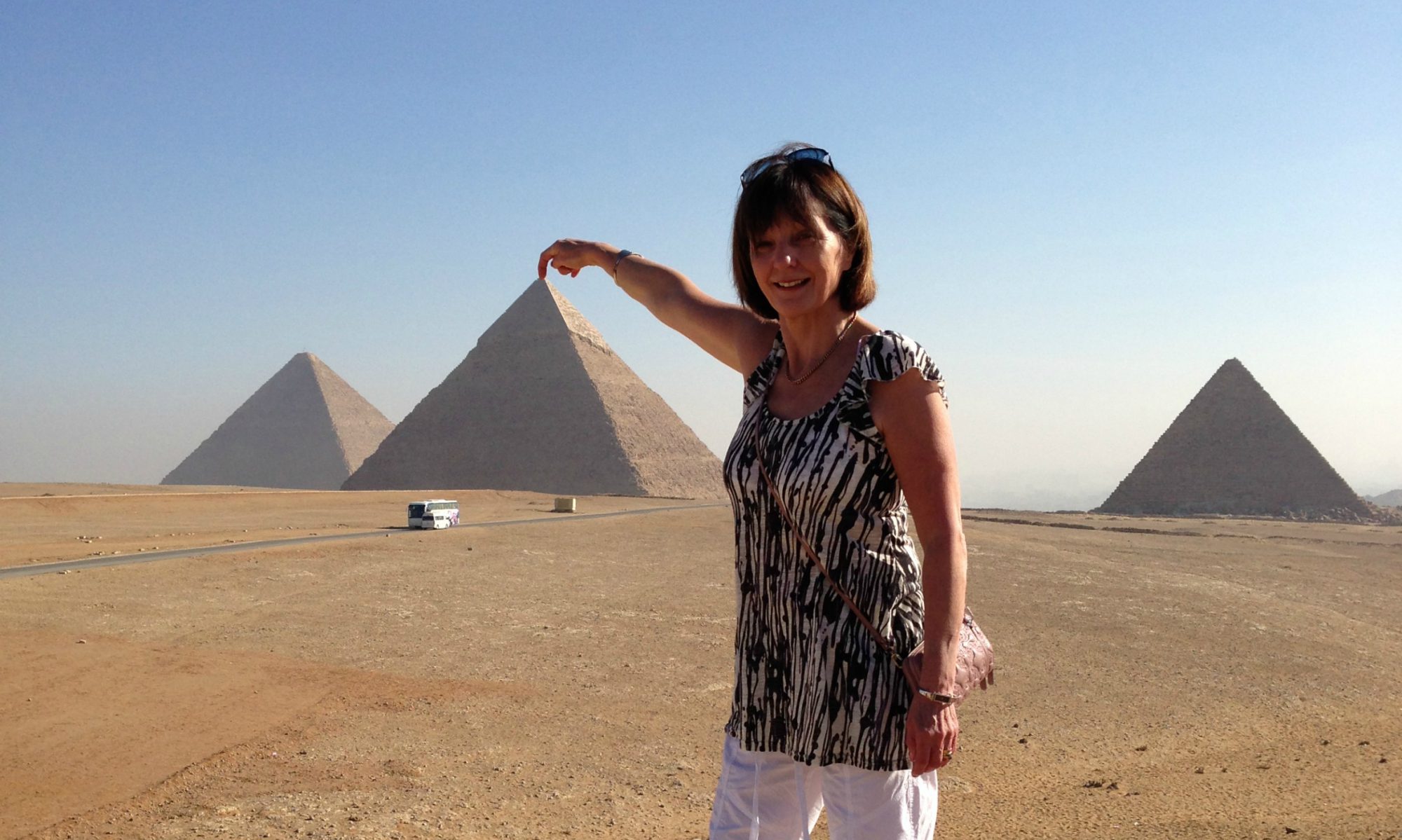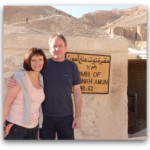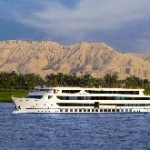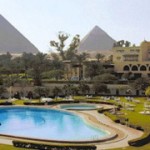One of the extra excurisons you can take whilst cruising the Nile is to Abu Simbel.
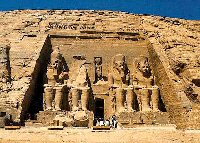
Here’s a report I read on the SASI Wingees blog which you might find interesting:
_________________________________________________________________
Egypt Moblog #2 – Abu Simbel – Rameses II’s crown jewel
Filed in General Interest-Travel, November 21, 2007, 3:02 am by Sukumar
Yesterday we reached Aswan. It is a beautiful city. No hustle and
bustle like Cairo. The hotel we stayed in, the Basma Aswan, was
beautiful as well. We left Cairo at 2AM and reached Aswan by the early
morning.
In Aswan, due to the security procedures all the cars to Abu Simbel go
in a convoy accompanies by the military. It was a long 3 hour drive
and we reached Abu Simbel at 2pm accompanies by our guide Sammy.
Abu Simbel holds one of the most important monuments – the temples of
Rameses and Nefertari (his queen). As we enter the complex, we take in
the majestic view of the four colossi (large 20m tall statues) of
Rameses seated on the facade of the temple. These statues typically
adorn any description of Egypt.
Right next to it is the Nefertari temple dedicated to the god Hathor
(cow god) – goddess of love and pleasure.
We sat before the facade and our guide explained the significance of
various things. Due to some strange reason guides are not allowed
inside the temple so our guide explained everything before we entered
the temple.
Rameses built this temple at the height of his reign and used this
temple to position himself as a God. Due to the Aswan Dam/Lake Nasser
project the original Abu Simbel lies buried below the lake. Through a
mammoth UNESCO project, the whole monument was disassembled and re
assembled at the present site. You can read up on this project on the
Internet.
One of the beauties of this temple is that on 2 days Feb 22 and Oct
22, Sun’s rays reach right inside the inner sanctum sanctorum. This
is one day later than when Abu Simbel was in its original site. I’m
glad UNESCO preserved this aspect.
Once we enter the temple we see another 8 huge statues of a standing
Rameses 4 on either side of the majestic hall. On all the walls of
the hall are elaborate etched artwork with some of them retaining the
original colors a bit. They had carved Abu Simbel on the face of a
cliff and the whole temple is scooped out from the cliff. The
paintings are carvings as well, but with a plastering of sandstone and
then colors were used to paint the carvings.
All the paintings are of 2 types – Rameses making offerings to all the
pantheon of Egyptian Gods or receiving blessings from the Gods. There
is one or more paintings for each God and Rameses is in each one of
them. There are also some paintings where Rameses’s conquests, war
scenes, coronation etc shown.
Inside the sanctum, you see 4 statues in sitting posture – one on the
right extreme as you face them is Horus the falcon God, next left is
Rameses, the one on extreme left is the God of darkness Ptah, and next
right is Amun Ra the Sun God, the most important god. Another unique
feature is the fact that when sun’s rays shine inside the light
doesn’t fall on Ptah!
The whole temple reminded me of Ajanta’s rock cut temples – the design
of the temple is strongly similar to this one. But that came 1200
years later in the 2nd century BC (this temple dated to 1200 BC).
Then we visited the Nefertari temple which on its facade has 6 statues
– 4 of Rameses + 2 Neferari – all standing. Once inside we see various
artwork with Hathor and Nefertari. This one is not as magnificent as
Rameses temple.
You can see how Rameses has deified himself in the main temple seated
alongside the important gods. The 4 statues that are on the facade
show 4 stages of his life – as a young man, just after coronation,
during the time of this temple and the 4th one just before he died.
With the Lake Nasser in front of Abu Simbel, the grandeur of this
temple is indescribable with words.
We are told that we will see more magnificent temples in Luxor.
We then took the long drive back this time with a AK 47 toting military person!
We spent about 2 hours next at the Nubian museum learning about Nubian
culture – Nubia was controlled by Egypt most of its history with some
unique features. Nefertari, Rameses’s fav queen was Nubian.
Today we board our Nile cruise and before it sails, we will be seeing
the High Dam and the temples of Philiae.
During the cruise, I may not have coverage so my trip report maybe delayed.
Stay tuned….
